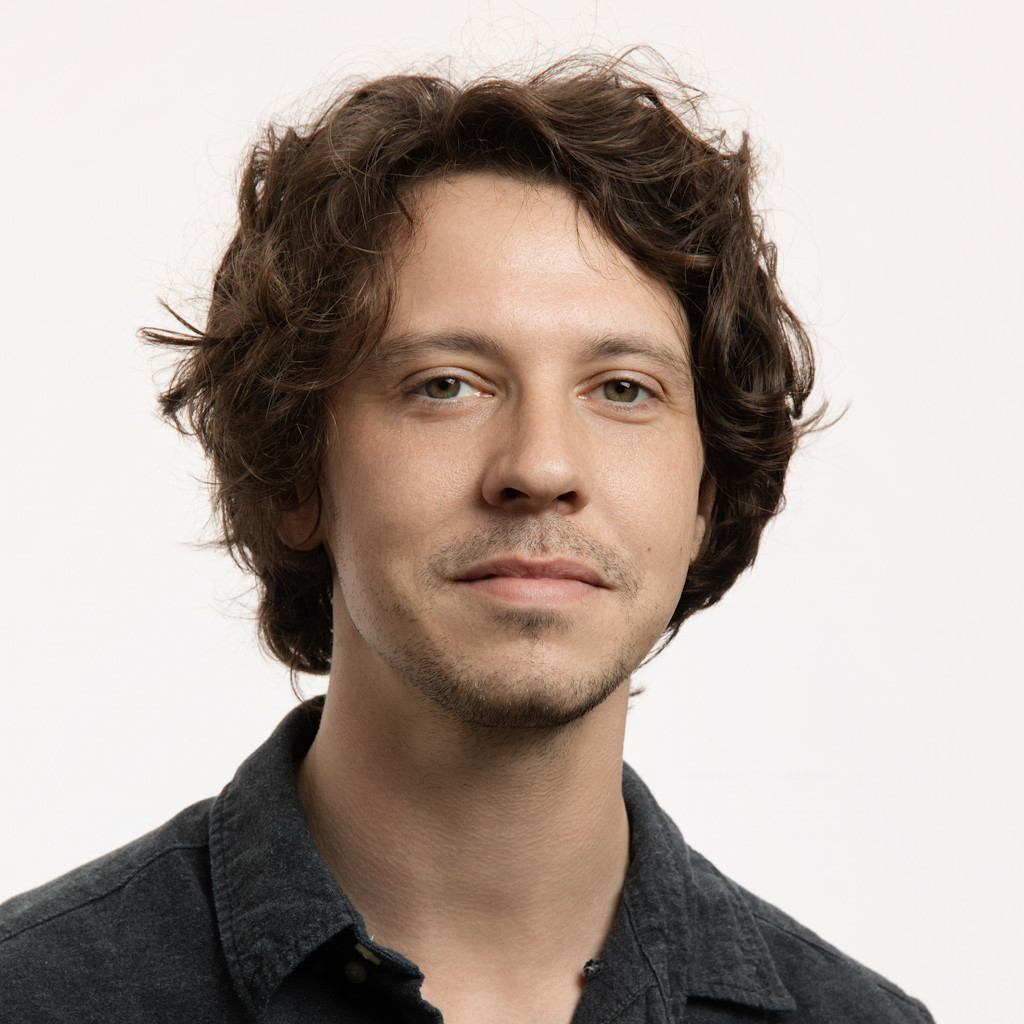
Medical imaging company Medo acquired by California's Exo
By
Brett McKay
Medo, an Edmonton-based medical AI innovator, is being acquired by Exo, an American health information and medical device company interested in making ultrasound imaging faster and simpler so that a wider range of caregivers can use it.
"Exo's powerful hardware and workflow technologies and Medo's AI will dramatically reduce the challenges that have long held back the widespread adoption of point-of-care ultrasound," Medo co-founder and CEO Dornoosh Zonoobi said in a release. "The ease of imaging and immediacy of diagnostic information we provide will radically transform medical care, creating a world where caregivers can image the body as easily as snapping a photo on a smartphone."
She did not disclose the terms of the acquisition when she shared the news on LinkedIn, but she said Medo and Exo have a shared vision of simple, reliable, and accessible medical imaging, and that their combined expertise will further drive point-of-care ultrasound adoption.
Medo's AI algorithm automates image acquisition and interpretation, aiding those without specialized training in performing accurate exams and diagnosing common or critical conditions. Trained on a library of millions of ultrasound images and longitudinal data, the AI processes and selects images that are best suited for calculating standard measurements, and has shown to be reliable in the diagnosis of hip dysplasia and thyroid conditions.
Incorporating this technology into Exo's platform will increase early detection and treatment, said Sandeep Akkaraju, CEO and founder of Exo, which is based in Redwood City, California.
"We believe this is going to really change healthcare in a significant manner," Akkaraju told the San Francisco Examiner. "This is something that is going to be in the pockets of caregivers everywhere."




